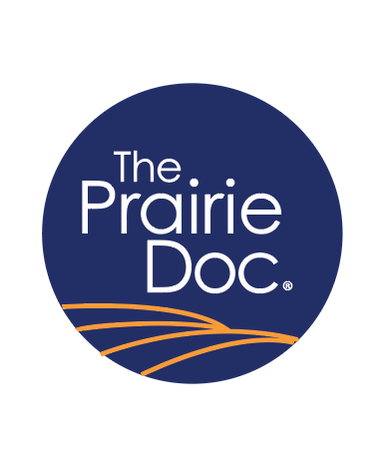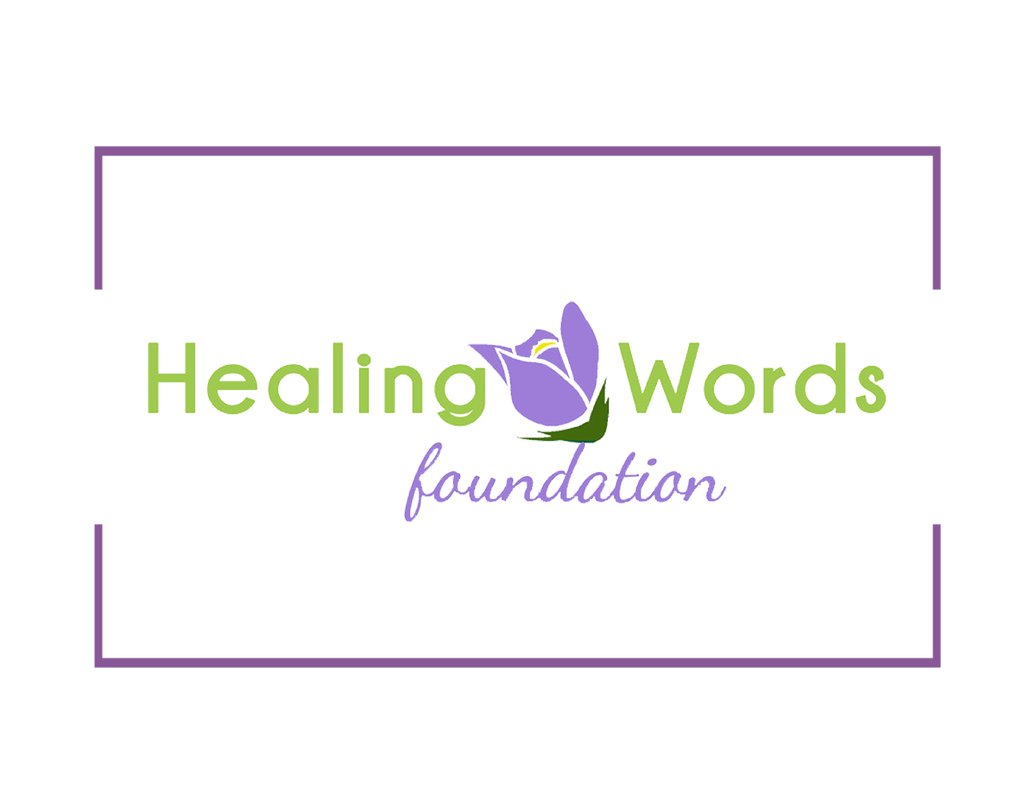|
Have you heard the myth of Prometheus, the Greek Titan who challenged Zeus? Prometheus stole fire from Olympus and brought it down to humankind, making Zeus furious with him for sharing with mere mortals the secret of such power. Zeus punished Prometheus by chaining him to a rock. Each day, birds with sharp beaks would open his abdomen and eat away his liver, and, each night, his liver would grow back. Each day Prometheus would suffer, repeatedly punished for his gift to humanity.
There are many interpretations of the myth, but probably the most famous comes with the Frankenstein story, written by 17-year-old Mary Shelly in 1816. In Shelly’s time, science was virtually exploding with new knowledge. Modern medicine was becoming effective, illustrated by how death rates were dropping; Galvani and Volt had just discovered how a dead frog leg would jerk when connected to a battery; chemists were showing how ether and nitrous gasses could make people stay asleep during surgery; and biologists were on the verge of realizing how microscopic bacteria cause contagion and fever, and how cleanliness could prevent such infection following surgery. Thus, it is understandable why Shelly would create her famous story about scientist Victor Frankenstein. Like Prometheus who brought fire to mortals, her mad scientist brought life back to something once dead using newly discovered breakthroughs in electricity and chemistry. Shelly imagined how a mortal with scientific knowledge could create a superhuman being out of body parts stolen from a graveyard. However, such a discovery should require responsibility and careful safeguards. Like fire that can jump its boundaries and spread destruction, creative scientific experimentation could quickly get out of control and cause monstrous harm and havoc to people and the environment. One cardinal rule of ethics we are taught in medical school demands: “first of all, do no harm.” Most every significant advancement in science has a potential good and bad side. Consider how nuclear power can produce marketable energy and yet can cause explosions of mass destruction; how antibiotics can treat life-threatening infections and yet can cause life-threatening overgrowth diarrhea illnesses; how advancements in genetics can cure a chronic disease like hepatitis C yet can potentially cause harm to our society’s ability to afford health care. Indeed, great advancements in science can do tremendous good while still having the possibility to cause potential danger to public and environmental health. Thus, the Greek myth of Prometheus and the monster story of Frankenstein both speak to us today. As we seek to advance science, we must understand the ethical responsibility of safety. First of all, do no harm. Comments are closed.
|
Archives
July 2024
Categories |
 RSS Feed
RSS Feed


